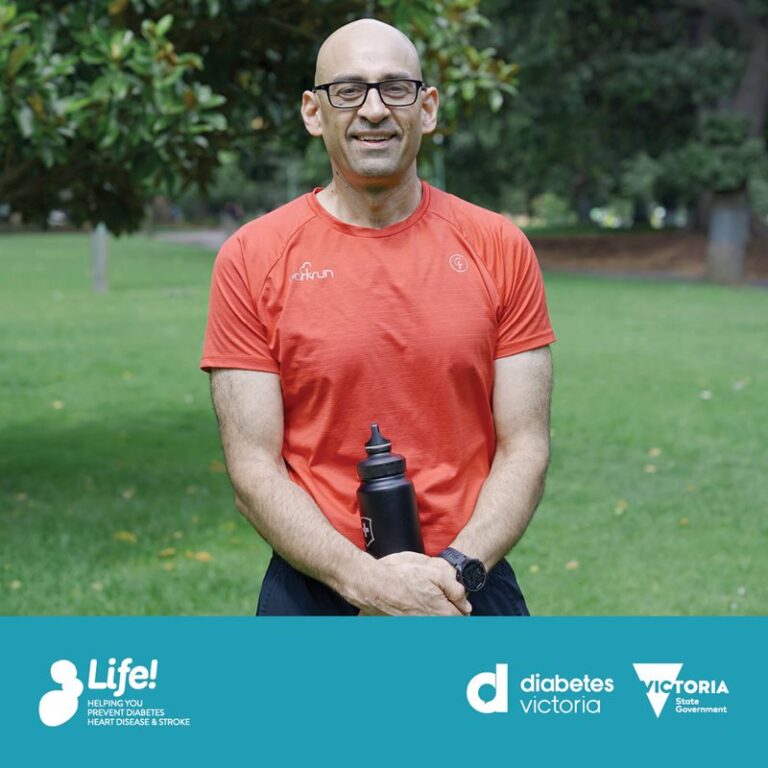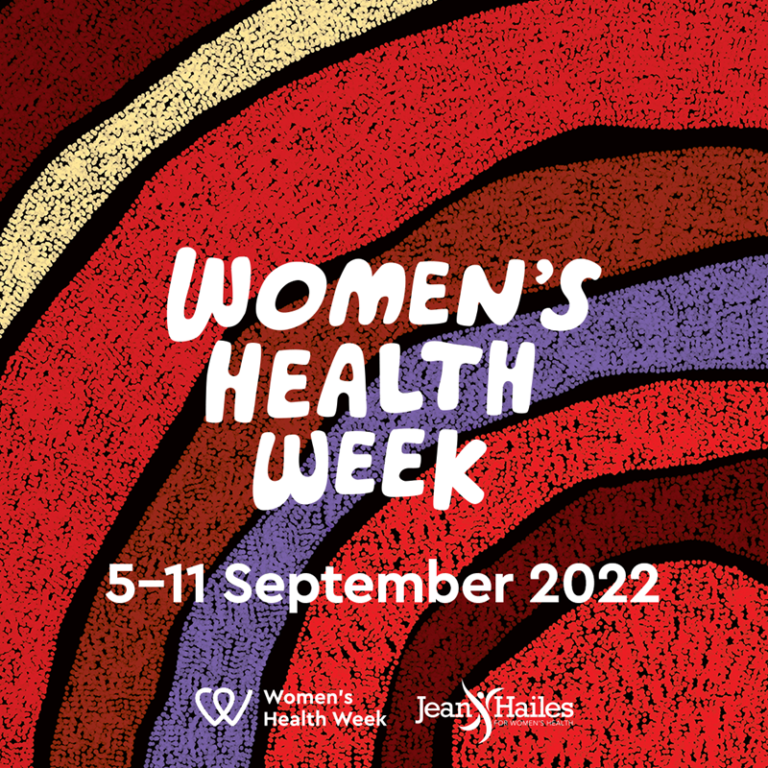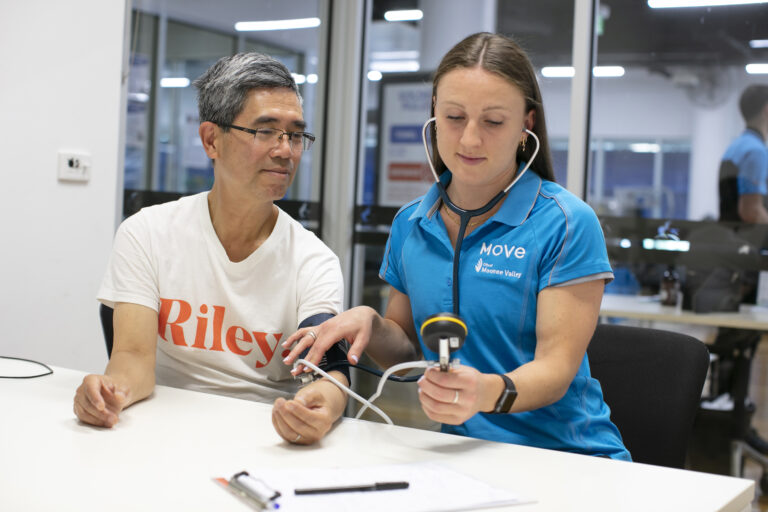World Heart Day: The Power of Exercise for a Healthy Heart
World Heart Day: The Power of Exercise for a Healthy Heart
World Heart Day is a global initiative aimed at raising awareness about cardiovascular health and promoting actions to prevent heart disease. Cardiovascular diseases (CVDs) are the leading cause of death globally, but the good news is that many risk factors are manageable, and lifestyle modifications can significantly improve heart health. One of the most effective ways to safeguard your heart is through exercise.
Why is Exercise Crucial for Heart Health?
Your heart is a muscle, and like any muscle, it benefits immensely from regular physical activity. Exercise helps the heart pump blood more efficiently, improves circulation, and strengthens the cardiovascular system. Beyond this, exercise has a ripple effect on multiple aspects of health that directly contribute to reducing heart disease risk.
Here’s how exercise supports heart health:
- Improves Cardiac Output: Engaging in regular aerobic exercise, such as walking, cycling, or swimming, increases the efficiency with which your heart pumps blood, reducing the workload on the heart.
- Reduces Blood Pressure: Physical activity helps lower both systolic and diastolic blood pressure, which reduces the strain on arteries and the heart itself.
- Boosts Good Cholesterol: Exercise increases levels of high-density lipoprotein (HDL) cholesterol, which helps remove harmful low-density lipoprotein (LDL) cholesterol from your bloodstream.
- Controls Blood Sugar Levels: Exercise enhances insulin sensitivity and helps manage blood glucose levels, reducing the risk of developing diabetes, a major risk factor for heart disease.
- Aids in Weight Management: Regular physical activity, combined with a healthy diet, helps maintain a healthy weight, which is crucial for preventing heart disease.
- Reduces Stress and Anxiety: Exercise releases endorphins, the body’s natural “feel-good” chemicals, reducing stress levels and supporting mental health, both of which contribute to overall heart health.
What Types of Exercise Are Best for the Heart?
There are several forms of exercise, and the ideal routine involves a combination of different types, but also remember, all movement is good movement:
- Aerobic Exercise (Cardio): Activities such as brisk walking, running, swimming, playing sport and cycling get your heart rate up and improve cardiovascular fitness. Aim for at least 150 minutes of moderate-intensity aerobic activity per week or 75 minutes of vigorous activity
- Strength Training: Lifting weights or using resistance bands can improve muscle mass and strength. When combined with aerobic exercise, strength training can help manage weight, lower blood pressure, and improve overall metabolic health.
- Flexibility and Balance: Yoga, Pilates, and stretching improve flexibility and balance, which contribute to better mobility and reduce the risk of falls, especially as we age. Yoga has also been shown to reduce stress levels and improve heart health.
Tips for Getting Started
- Start Slow: If you’re new to exercise, start with short sessions of 10-15 minutes and gradually increase the duration and intensity.
- Set Realistic Goals: Aim for consistent progress rather than perfection. Set small, achievable milestones, and celebrate when you reach them.
- Incorporate Activity into Daily Life: Take the stairs, walk instead of driving short distances, or dance while doing household chores. Every bit of movement adds up!
- Find an Exercise Buddy: Working out with a friend or family member can keep you motivated and make exercise more enjoyable.
- Try a group activity or sport: Organised exercise classes or sport is another great way to boost motivation and keep accountable.
On this World Heart Day, take a moment to assess your current level of physical activity. Are you moving enough to support your heart’s health? By making exercise a regular part of your routine, you can reduce your risk of heart disease, improve your overall well-being, and enjoy a longer, healthier life. Small steps today can lead to a healthier heart tomorrow!
References and studies:
- Fagard, R. H. (2006). Exercise is good for your blood pressure: effects of endurance training and resistance training. Clinical and Experimental Pharmacology and Physiology, 33(9), 853-856. doi:10.1111/j.1440-1681.2006.04453.
- Kodama, S., Tanaka, S., Saito, K., et al. (2007). Effect of aerobic exercise training on serum levels of high-density lipoprotein cholesterol: a meta-analysis. Archives of Internal Medicine, 167(10), 999-1008. doi:10.1001/archinte.167.10.999
- Colberg, S. R., Sigal, R. J., Fernhall, B., et al. (2010). Exercise and Type 2 Diabetes: The American College of Sports Medicine and the American Diabetes Association: Joint Position Statement. Diabetes Care, 33(12), e147-e167. doi:10.2337/dc10-9990
- Jakicic, J. M., Rogers, R. J., Davis, K. K., & Collins, A. L. (2018). Role of physical activity and exercise in treating patients with overweight and obesity. Clinical Chemistry, 64(1), 99-107. doi:10.1373/clinchem.2017.272443
- Stonerock, G. L., Hoffman, B. M., Smith, P. J., & Blumenthal, J. A. (2015). Exercise as treatment for anxiety: Systematic review and analysis. Annals of Behavioral Medicine, 49(4), 542-556. doi:10.1007/s12160-014-9685-9
- Innes, K. E., & Vincent, H. K. (2007). The influence of yoga-based programs on risk profiles in adults with type 2 diabetes mellitus: A systematic review. Evidence-Based Complementary and Alternative Medicine, 4(4), 469-486. doi:10.1093/ecam/nel103
- Australian Physical Activity Guidelines – Physical activity and exercise | Australian Government Department of Health and Aged Care







